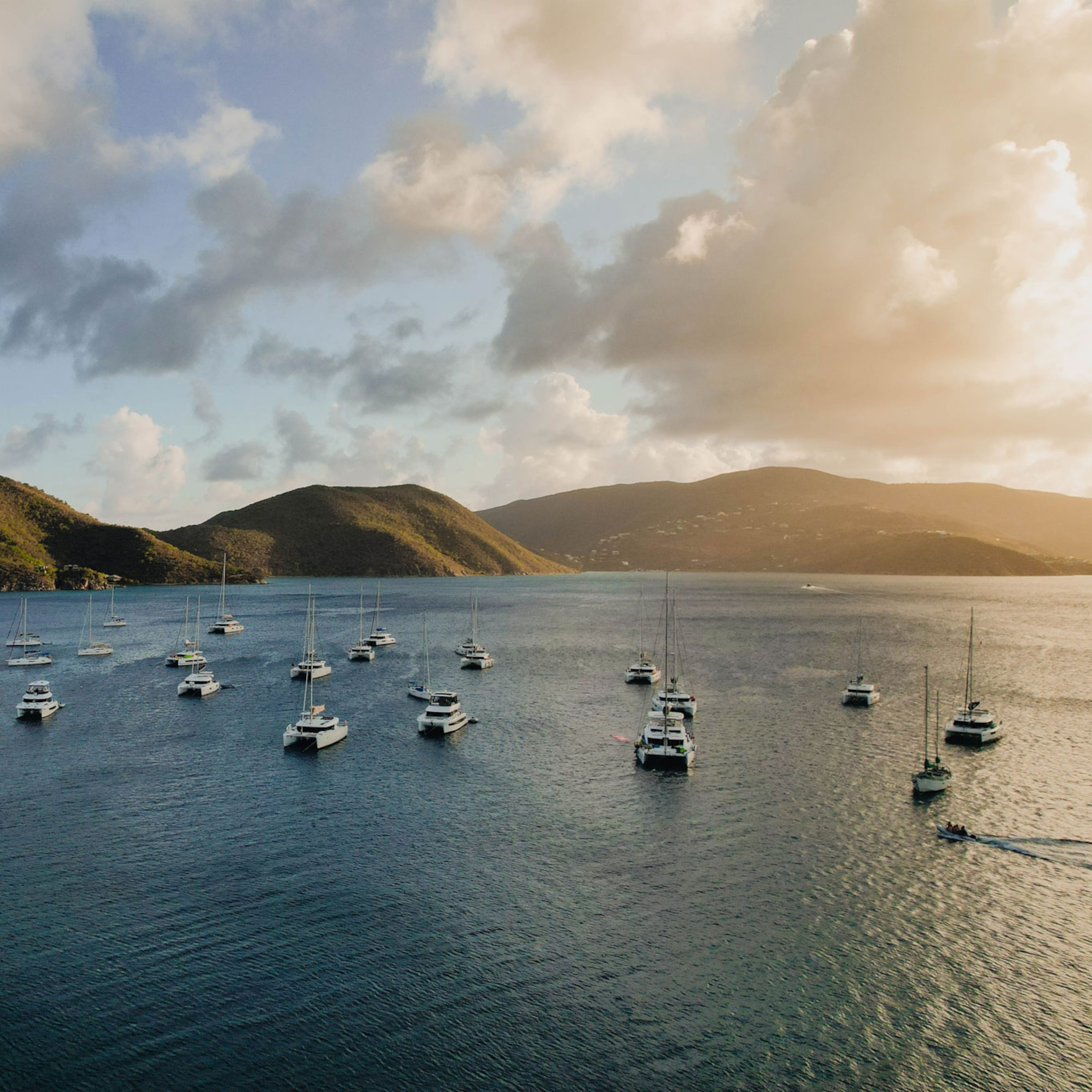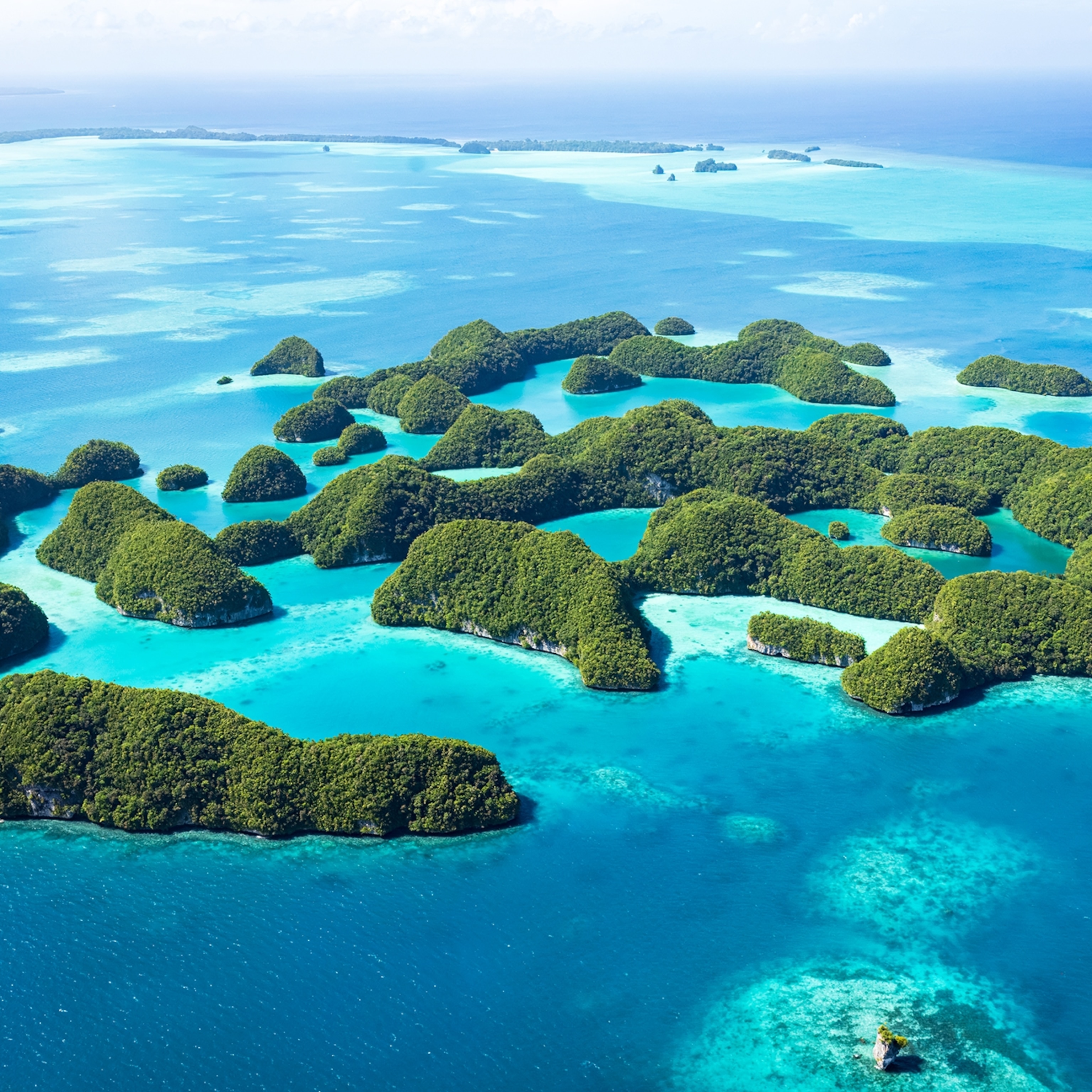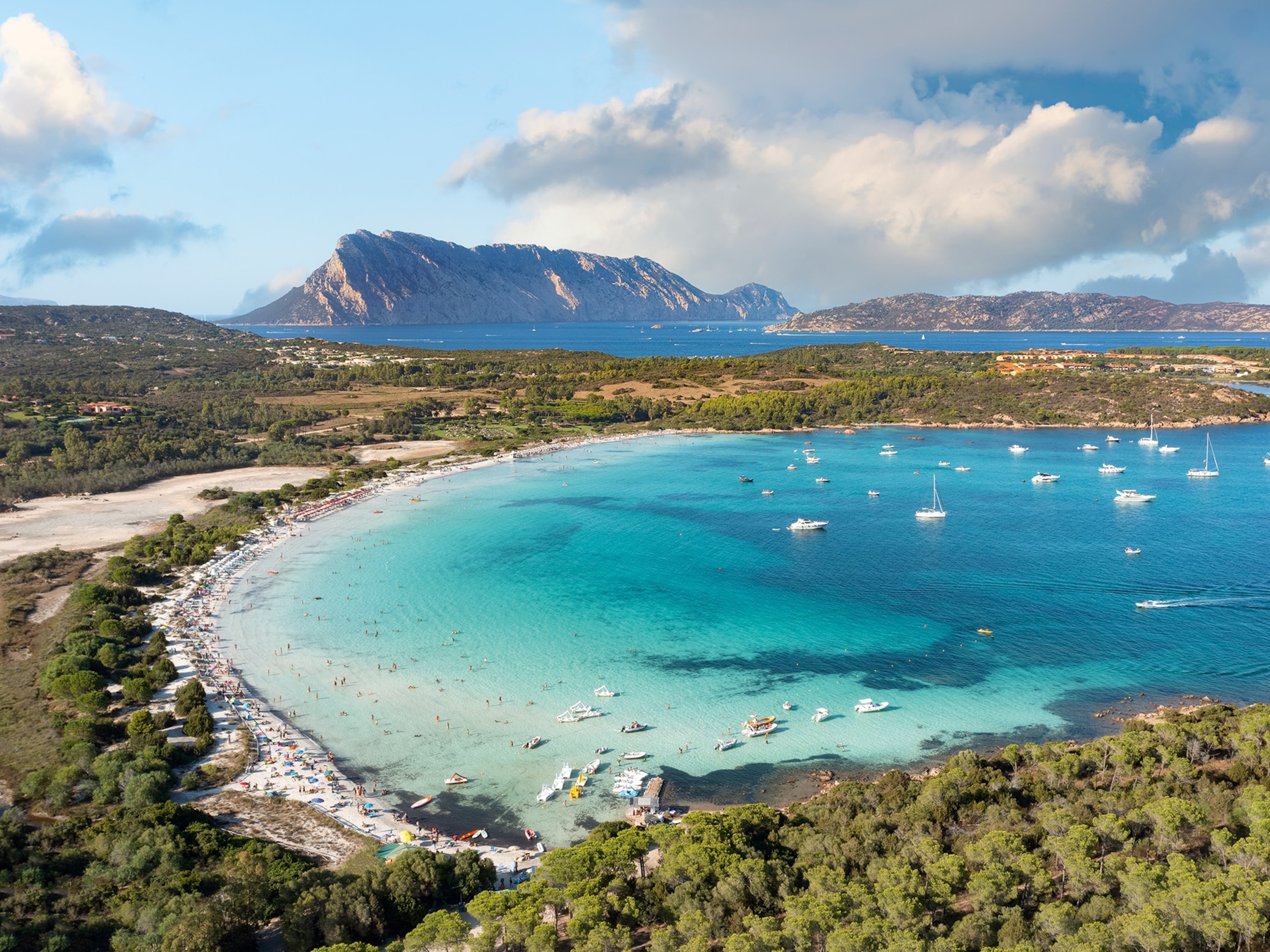Long-Distance Kayaker Freya Hoffmeister
A German kayaker completed a perilous passage: a four-year, 16,700-mile-long circumnavigation of South America.
Freya Hoffmeister is no stranger to daunting voyages. The 51-year-old German kayaker has steadily upped the difficulty on her journeys and has a string of record-setting circumnavigations to her name. In 2007, she paddled around Iceland, and then completed a circumnavigation of New Zealand’s South Island in 2008. In 2009, she completed the 8,570-mile circumnavigation of Australia in a record 322 days. Stretches of that voyage required venturing past cliff-lined coasts where landing was impossible for days at a time and Hoffmeister could only take short catnaps to rest. At one point while in what Australians call the Southern Ocean, a great white shark bit her kayak’s hull. To Hoffmeister, those past experiences were easy compared to her circumnavigation of South America, which she completed last May.
“The South America trip was two and a half times longer and two and a half times more difficult because there was two and a half times more to experience,” says Hoffmeister.
On May 1, she completed the first circumnavigation of South America by kayak when she returned to Buenos Aires. The 16,700-mile journey began almost four years earlier on August 30, 2011. To complete the South American circumnavigation, Hoffmeister planned to break her voyage into three legs, but the trip proved to be even more difficult and wild than anticipated. Storms plagued the southern leg of her trip. Off of Brazil, winds made forward progress nearly impossible and a tidal bore nearly derailed the entire expedition when it took her by surprise in the night and pushed her boat five miles up a shallow coastal river. In Colombia, Hoffmeister accepted a naval escort through the troubled waters. All in all, the journey was completed in six distinct stages over the four years. Hoffmeister returned to Germany five times to avoid winter weather.
For most of the journey, Hoffmeister was alone. She typically carried food for three to four weeks and resupplied when she came to coastal cities and towns. The weight of food and water kept the boat stable in rough seas when, in numerous instances, rogue sets of waves flipped her boat and forced her to roll back up. The weight became more of a liability when landing and launching from rugged beaches. The boat was simply too heavy to carry—up to 220 pounds when full—so Hoffmeister would have to quickly unload gear between waves before dragging her boat out of harm’s way.
While rounding the infamous Cape Horn, known for storms and rough seas, Hoffmeister ran smack into a tumultuous weather. Winds accelerated to more than 60 knots when she was on the water, which made for exceedingly dangerous paddling conditions. Hoffmeister had to get to shore and land her craft on a small island off the mainland.
“I couldn’t take my hand off the paddle to take a reasonable picture,” recalls Hoffmeister, who has become a national figure in Germany, where she owns a chain of ice cream shops and competed in the Miss Germany competition as young woman.
The growing swell and pounding surf made every routine maneuver potentially life threatening. Once she hit the shore, sets of waves pummeled her kayak as she tried to shuttle gear out of the craft and get it to a safe area. The heavy surf knocked her boat against rocks, damaging the rudder and hull and snapping her paddle in half. For five days, she waited out the storm for dry enough conditions to patch the boat before making it to safety.
“Oh, it's just a challenge,” says Hoffmeister nonchalantly of her success. “It’s like people climbing mountains that are higher and higher. I do the same thing just horizontally ... Maybe this trip will be it. Maybe it’s not the end. Who knows?”
—Fitz Cahall
THE INTERVIEW
Adventure: Mentally, how do you tackle a journey of this scale?
FH: Basically, I'm always happy to get out every day, again and again. Usually, I set my goals short-term. If I want to circumnavigate South America, obviously I want to end up again where I started, but per day, day by day, short-term goals, midsize goals, that’s what will get you there. You can eat an elephant, just piece by piece.
A: You are no stranger to these big circumnavigations. How did the South American trip differ from the circumnavigation of Australia?
FH: In general, the biggest difference was probably the Australian four-legged animals were the most dangerous ones, and then South America there are the two-legged animals, meaning the humans, are the dangerous ones. I kicked some bad boys in their asses to make them go away. I did it in a friendly way, in a charming woman's way, but it could have been different, I am quite sure.
A: So at times you were worried for your safety. How did you get out of those situations?
- National Geographic Expeditions
FH: I had four or five encounters with strange people. Eventually they left me alone because I was a woman and being so friendly. A South American man isn’t used to seeing a woman of my size. Basically, even the bad boys can be impressed by a strong person. In this case, I think being a woman was even an advantage.
A: The seas around Cape Horn are some of the most treacherous in the world. You had a near miss in a storm. What happened?
FH: It was like stepping into a trap. Even big, huge tanker boats got into trouble. The weather changed. It got up to 120 knots of wind eventually. I was on the water when it was 60 knots. That’s quite a lot. The landing was not very pleasant because I had to turn back and had to land on a fully unprotected shoreline that was full of huge rocks. There were thick plants wrapped around rocks behind some huge boulders. There was only a tiny bit of a shelter. Half of the boat was broken, but I was at least not broken. At night when the wind went up to 120 knots, I could only survive laying on the back of my tent like a beetle and stretching on my four limbs into the corner. I had to survive in my little tent and fortunately it didn't fly away.
A: Do you think that someone will repeat this journey any time soon?
FH: I'm honestly quite sure nobody will ever attempt it again is my bet. We will see ... So many things have to come together ... First you need be able to take four years off of work or family. Usually people have money and no time or time and no money ... Logistically, you must be a genius. You must have a goal-orientated mind, and absolute mental strength. You have to be calm or you won’t survive in dangerous, difficult situations. If there's too many emotions, then you will definitely, sooner or later, get in trouble.







